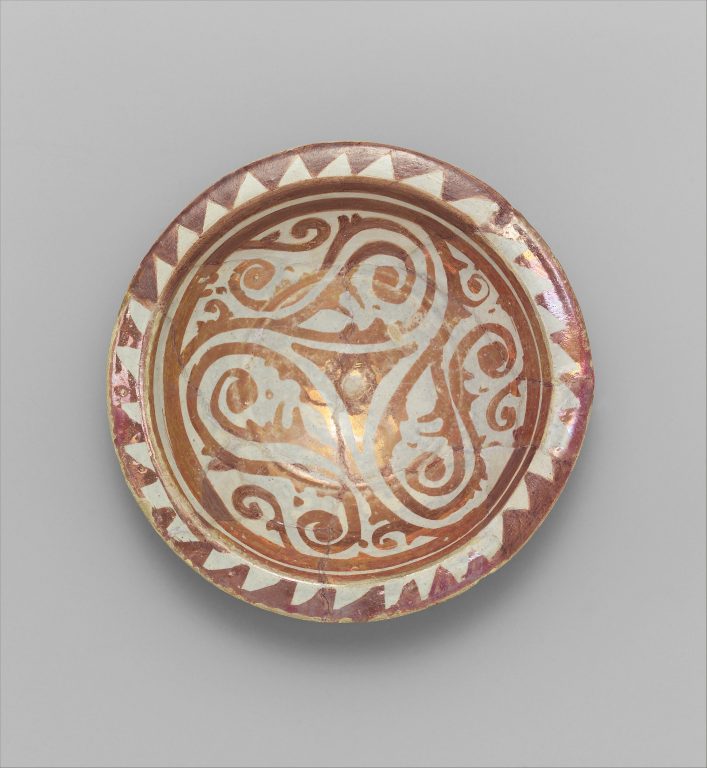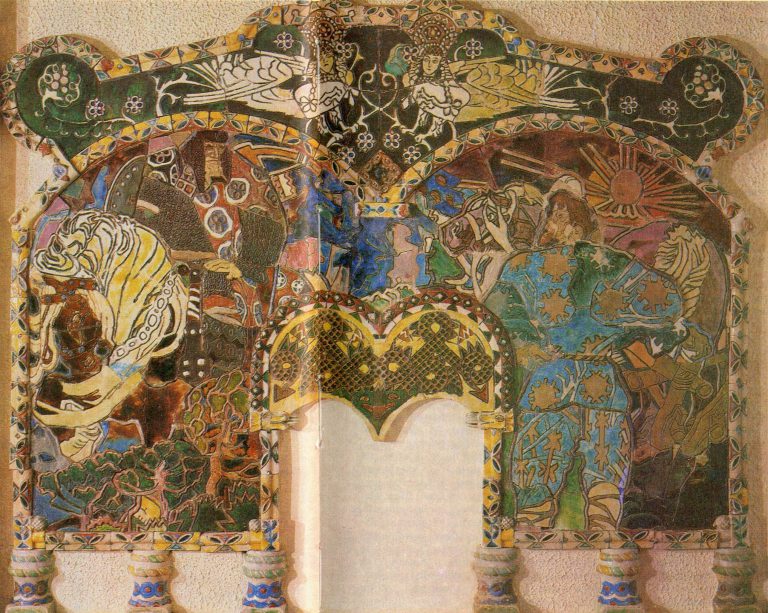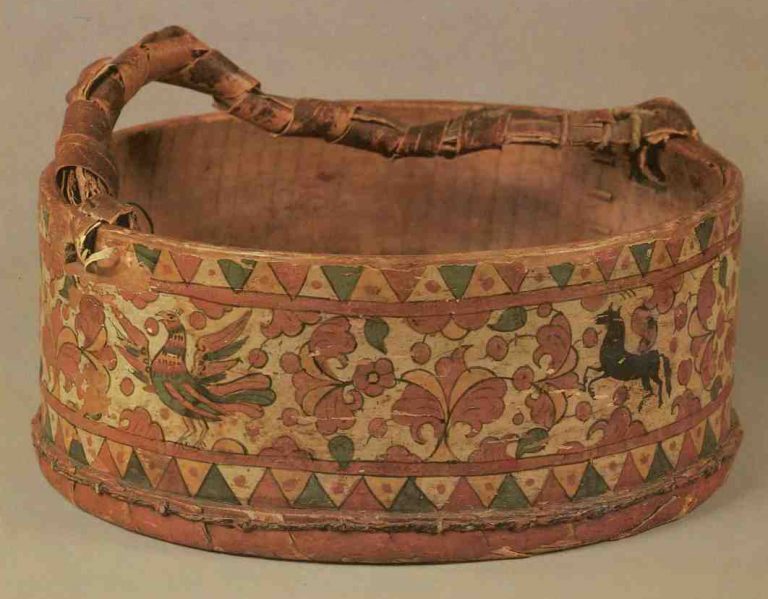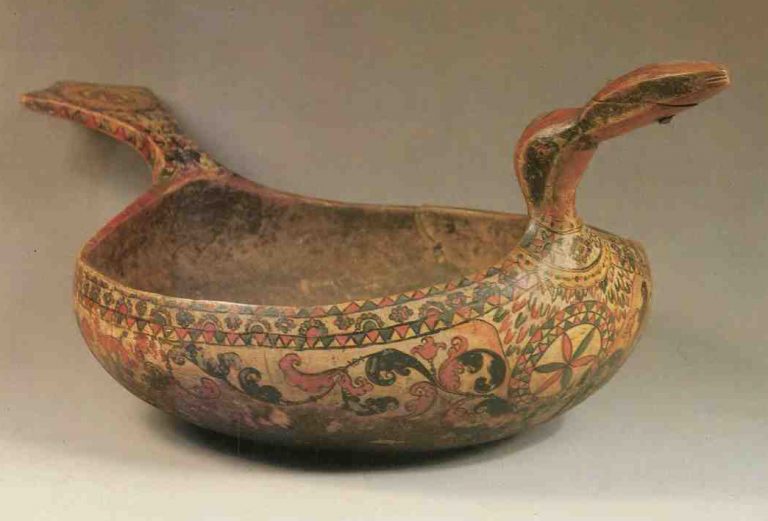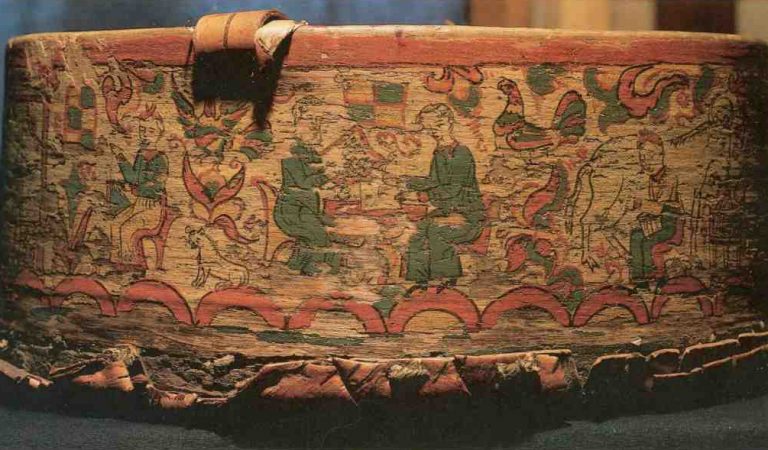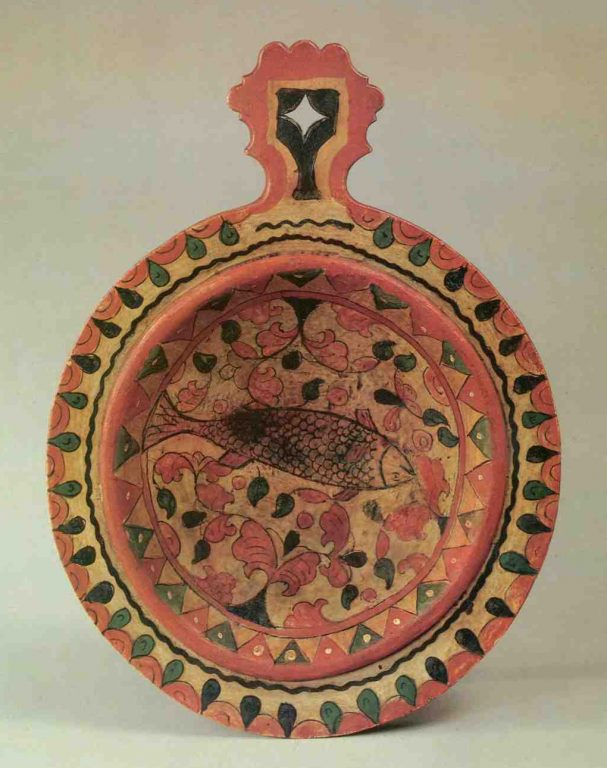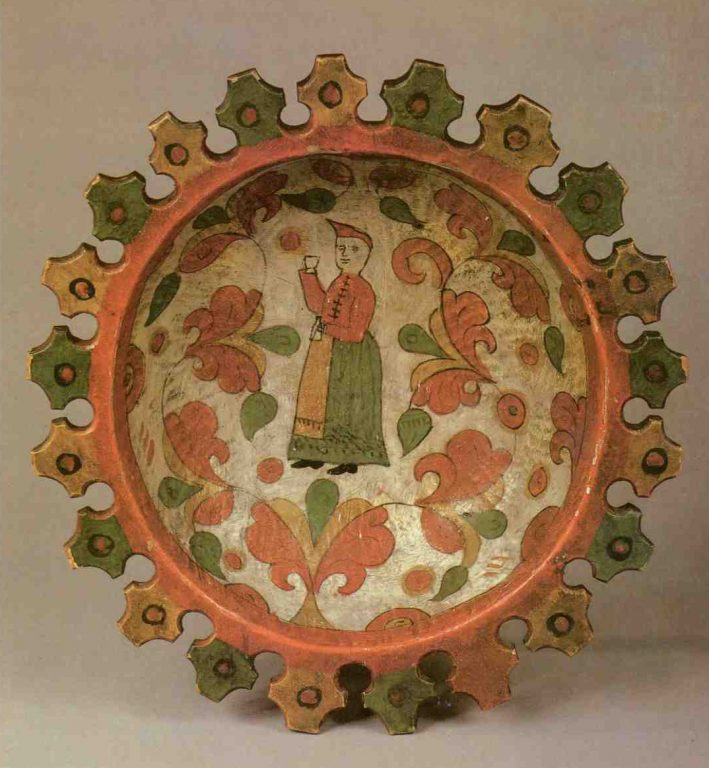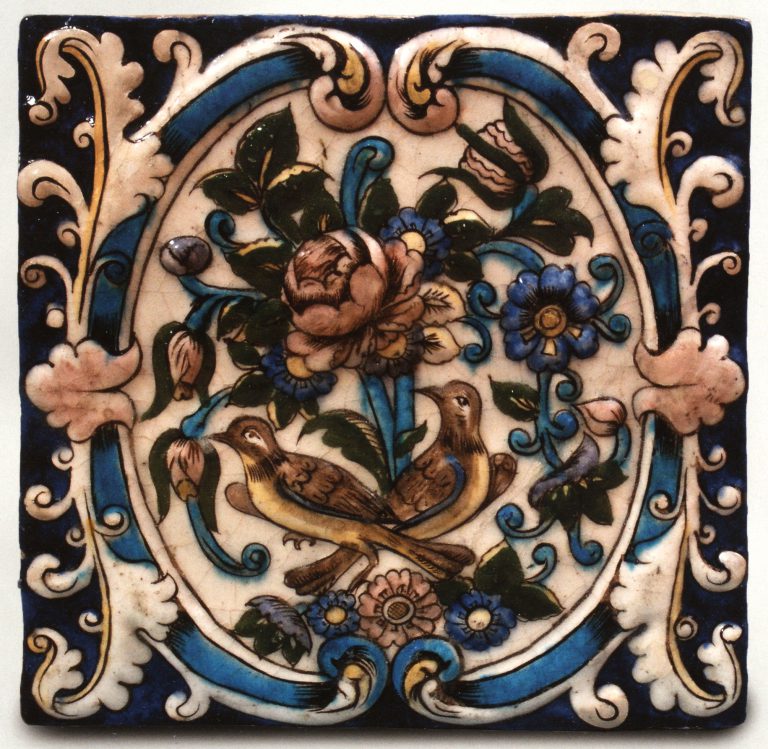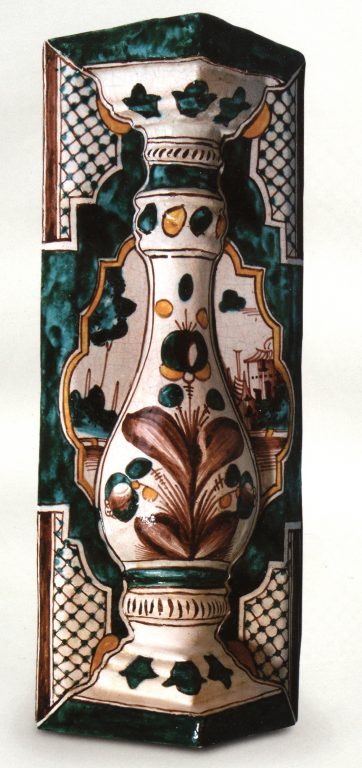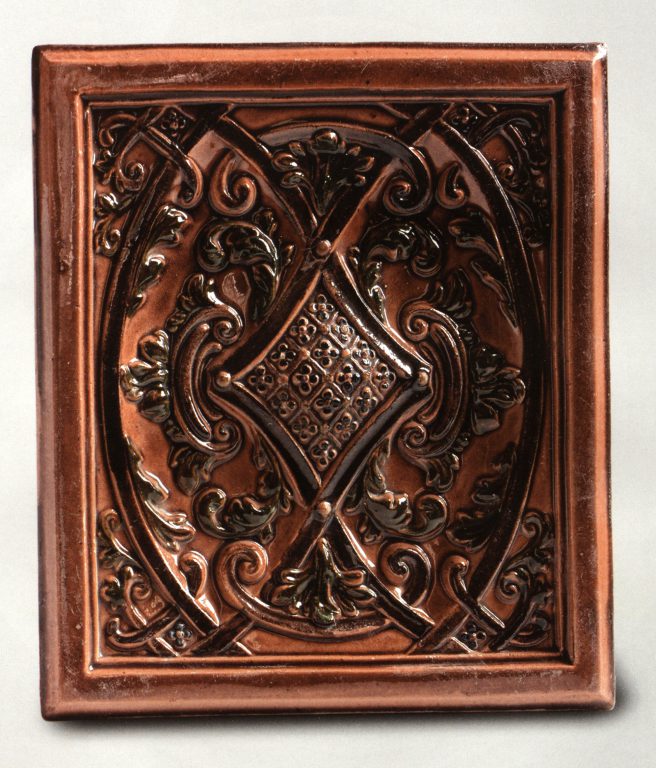
late 11th-early 12th century

Syria
Object qualities
-
Objecttableware: Bowl
-
Type of arts & crafts
-
MediumStonepaste; luster-painted on opaque white glaze
-
SizeH. 2 1/8 in. (5.4 cm) Diam. of rim: 8 1/8 in. (20.6 cm)
-
Geography detailsMade in
Syria -
Country today
-
Datelate 11th-early 12th century
Source of information
-
Type of sourceDatabase “Metropolitan Museum of Art”
-
Fund that the source refers toMetropolitan Museum of Art
Description
-
Luster ceramics developed in the medieval period, as artists transformed plain ceramics with the application of metallic-colored paint that emulated precious metalwork. The technique was popular throughout the Islamic world, but it was developed with particular skill in centers in Iraq, Iran, Egypt and Syria. This example demonstrates the shimmering effect of the paint, here forming vinelike patterns around a central triangular design. The bold contrast between the brilliant copper red and the background, in addition to the vitality of the convoluted decoration, place this work among the best of its type.


